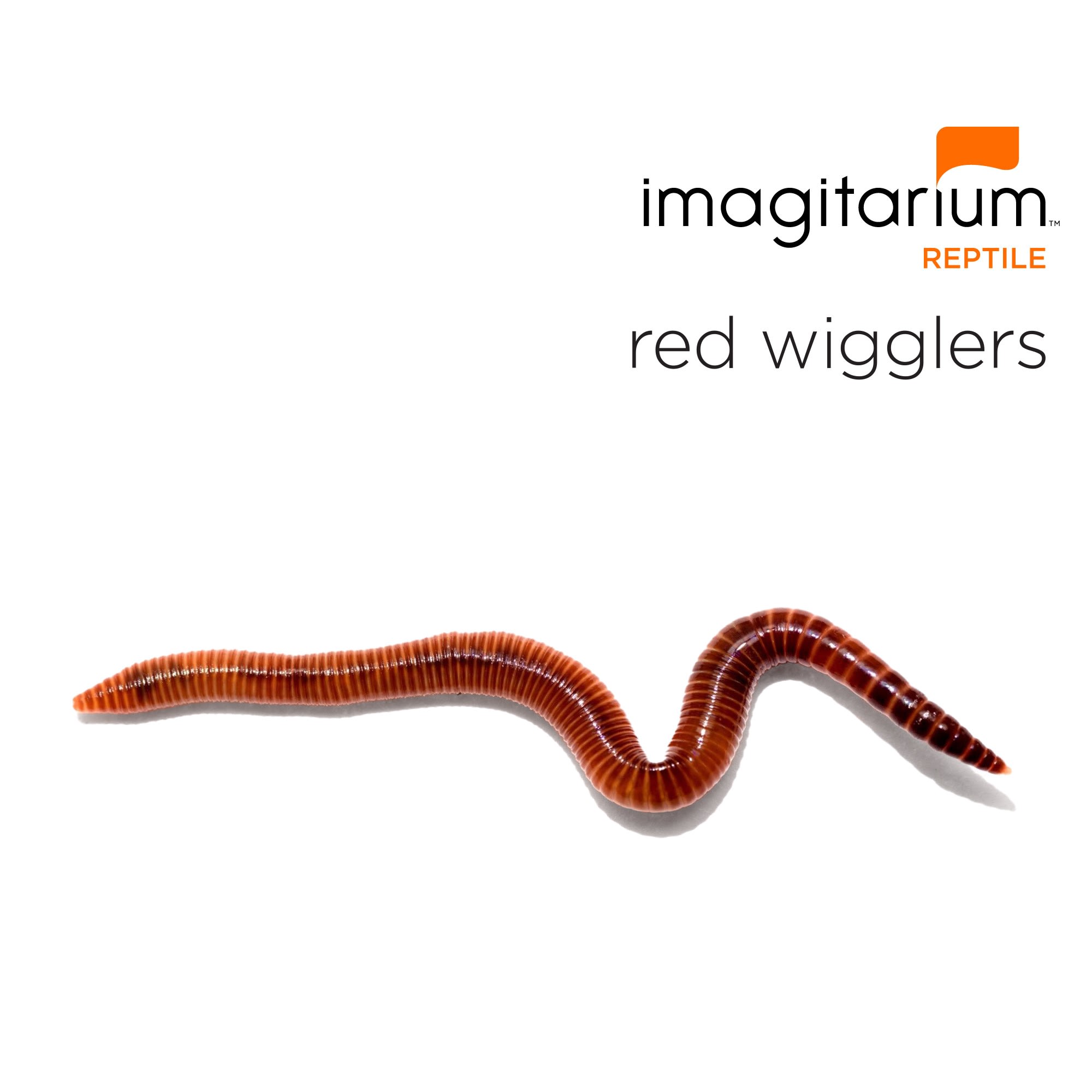The 30-Second Trick For Red Wiggler Express
The 30-Second Trick For Red Wiggler Express
Blog Article
The Only Guide to Red Wiggler Express
Table of ContentsThe Ultimate Guide To Red Wiggler ExpressNot known Facts About Red Wiggler ExpressIndicators on Red Wiggler Express You Need To KnowRed Wiggler Express Things To Know Before You Get This
With the global push for sustainability and with environmentally friendly techniques expanding in popularity, individuals are finally coming around and acknowledging the environmental advantages of red wiggler worms and composting. In this post, we'll review how vermicomposting supports lasting gardening and the environmental benefits of red wigglers and other earthworms.
This is the except it. If you desire to check out in-depth regarding red shakes, we have a whole short article devoted to them right here. Currently, allow's enter the basics of how these worms support sustainable horticulture methods and profit the environment: Worm composting is like a medspa day for your soil.
When integrated right into your yard soil, these castings boost its structure, aeration, and water retention. This assists with plant growth and health and does not call for the use of any chemicals. Did you recognize that natural waste makes up a considerable section of landfill material?
By diverting your cooking area scraps and yard waste into a worm composting bin, you're successfully reducing the quantity of organic waste that ends up in land fills. Neglect about chemical plant foods worm castings are the actual offer.
The Greatest Guide To Red Wiggler Express

Mix the nutrient-rich worm spreadings into your garden soil or use them as a top clothing for potted plants. In a globe where sustainability is becoming progressively essential, red wigglers radiate as unsung heroes of horticulture.
Composting might look like old information, but doing it with a bin full of worms most likely does not. Red wiggler worms use terrific advantages to the organic gardener, producing both an all-natural plant food and an efficient pesticide. And they eat your kitchen area scraps. The value of red wigglers, a.k (Worm Farms United States).a. Eisenia fetida, hinges on their excrement, referred to as worm castings.
Worm spreadings might be acquired at shops such as SBS in Vineyard Place or Vineyard Gardens in West Tisbury, yet to raise the worms in a garden compost bed and harvest your very own spreadings is much a lot more fun. The work of these worms is a component of sustainable living. Red wigglers are indigenous to steed manure, where they burrow to lay eggs.
Our Red Wiggler Express Ideas
(https://www.ask-directory.com/Red-Wiggler-Express_405398.html)He covers the bin with straw, after that an item of old carpeting. Lynn clarifies the production of spreadings and two uses: as a plant food and as a chemical. It passes with them and includes calcium to make this rich planet," she says.
"We call it gold tea," says Lynn. "I did it to see if it would make a difference on white flies and aphids. My rosemary had a mold and mildew or fungi. After I splashed, promptly it looked much better." The red wiggler is a prodigious dog breeder, laying eggs as frequently as once a week.
It takes 3 to five months for a child worm to get to sex-related maturity and the adult length of three inches. Their lifetime is 4 to 5 years unless of program they are utilized for lure. As freshwater fish bait, wigglers agonize on the hook and survive underwater longer than conventional earthworms.

As one of the Epigeic class of garden compost worms, the normally does not show up in dirts. Instead, it prospers within the soils of ground covers, manure, and breaking down vegetation. The worm is red or reddish-brown in color and has a smooth, cylindrical shape. The clitellum, or saddle-like reproductive gland, lies about two-thirds of the means down the worm's body.
A red wiggler worm can expand up to four inches in length yet is generally just concerning 2 and a half inches. The worm has a tiny mouth located at the front of its head. It also has little bristles, called setae, which assist the worm step and anchor itself to surfaces.

Report this page